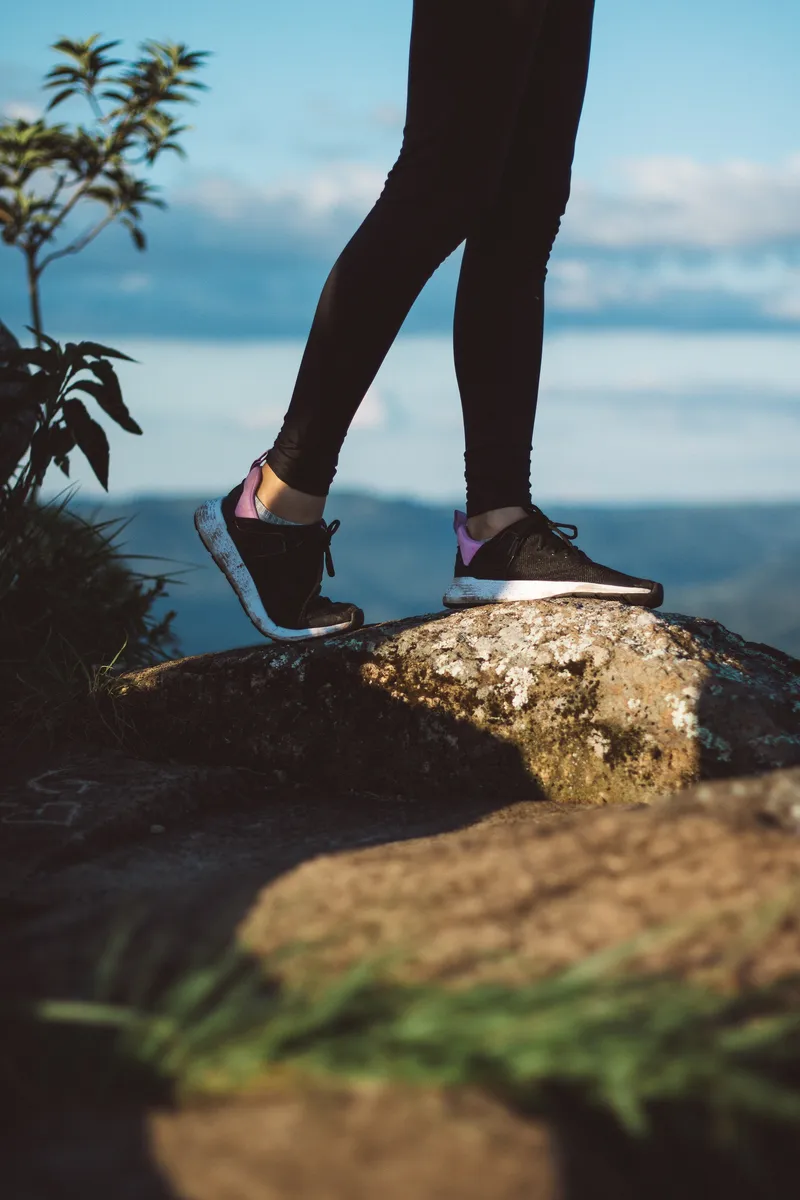How this women’s bottom wear brand became a listed, profitable company within 12 years
Gautam Saraogi started Go Colors in 2010 after he sensed a business opportunity in the women’s bottom wear segment. Last year, the Chennai-based company made a stellar debut on the stock markets.
With his family running a garments business since 1990, Gautam Saraogi had a bird’s eye view of the latest trends. When he was exploring several business opportunities in the apparel industry in 2010, he noticed that while men’s and kid’s wear had a wide variety, there was a space in the women’s bottom wear market.
The Founder and CEO of Go Fashion, tells SMBStory, “There was also a transition happening from women’s wear to suits, wherein the bottom wear and upper wear were being sold separately.”
Gautam realised the bottom wear held significant importance and found this segment compelling enough to take a deep dive.
Founded in 2010, started small but over the years, the company has not just become a prominent apparel brand but also got listed on the stock exchange.
Go Colors’ parent company, Go Fashion, debuted on BSE in November last year, with Rs 1,014 crore subscribed 135.46 times at Rs 1,310 per share against the issue price band of Rs 655-Rs 690.
The Chennai-based company closed the last financial year at Rs 401.31 crore turnover. Even though COVID-19 played a spoilsport to the company’s offline expansion plans, Gautam says they are very ambitious this year.
Building the company
Go Colors started out with just two products – leggings and churidars. However, the brand has continued to expand its basket of products and today, they offer 50 products including palazzos, harem pants, patiala salwar, lounge pants, jeggings, denim, joggers, and more across 100 colours. The brand has over 3,000 SKUs.
The company doesn’t manufacture any product in-house and outsources everything. Gautam swears on the outsourcing model and wants to continue with it.
“We feel that the outsourcing model is more scalable than manufacturing products in-house,” he says, adding, “As a retail company, we have always wanted to have the flexibility of going to the best supplier who gives us the best quality at the best price.”
He says that they don’t want to be “bound by our manufacturing unit.”
Gautam says that the scope in the women's bottom wear segment is huge. It’s expected to grow from Rs 13,500 crore in FY20 to Rs 24,300 crore by FY25, representing a 35 percent increase.
Apart from Go Colors, Lyra, Biba, W for Women, and Dixcy Scott are some of the well-known brands in this market.
Moreover, 80 percent of this market is inclined toward the unorganised sector and only 20 percent towards the organised. The brand claims to command an 8 percent market share.
This is why the company never explored outside the segment. “Frankly, I would rather focus and speed up my growth here rather than look outside,” he quips.
He also adds that the reason they have stayed relevant in the market is that they have noted the changing consumer preferences and demand.
“In the bottom wear business, change does not happen overnight. It is slow and steady,” Gautam adds.
He says that when they started, churidars were the most sold-out. A few years later, leggings took precedence and now palazzos and loungewear grab the maximum share, especially in the wake of COVID-19.
“Bottom wear is always going to be relevant. The question is which is going to be the star product? And this will change every decade,” Gautam says, adding that at end of the day, the brand has to keep changing and evolving with time.

Omnichannel strategy and COVID-19
This year, Go Colors opened its 500th store in Pune. Gautam says that offline has been their focus since the beginning, even after they opened their D2C website and got listed on ecommerce platforms such as Amazon and Myntra.
He emphasises the brand has a “cluster-based expansion” strategy. “Out of these 500 stores, 57-60 percent of the stores are in our top markets. We go deeper into cities we are already present in,” he says, adding that they follow the same formula for their product categories as well. Go Colors’ stores are present in cities including Chennai, Coimbatore, Mumbai, Bengaluru, Hubli, Mangaluru, Hyderabad, and more.
In FY21, the company also made a profit of Rs 35 crore in the last fiscal year. It wanted to roll out 150 stores but could only manage 42 in the wake of the pandemic. Gautam says that with COVID-19 now becoming endemic, they plan to reach 120-130 stores by the end of this fiscal year. They have already opened 27 stores this year.
While Go Colors lost out on in the first quarter of FY22 because of the second wave, Gautam says the business recovered when the demand started picking up in the third quarter. “It will be difficult to articulate in numbers but the recovery has made up for the losses made during the first quarter,” he adds.
Going forward, Gautam shares Go Colors will be focused on three areas. First, the brand wants to continue adding 120-130 stores every year. Second, it wants to focus on developing its ecommerce strategy to become an omnichannel brand, and third, it wants to continue to innovate and introduce new products which are comfort-driven.
Edited by Kanishk Singh








